You are here
Please respect the outdoors by practicing Leave No Trace. Learn more about how to apply the principles of Leave No Trace on your next outdoor adventure here.
Lassen Volcanic National Park
Desolation Wilderness
Wallowa Mountains
Wallowa Mountains
Willamette Foothills, Oregon
Willamette Foothills, Oregon
McKenzie River
Mt. Hood + Clackamas River Area, Oregon

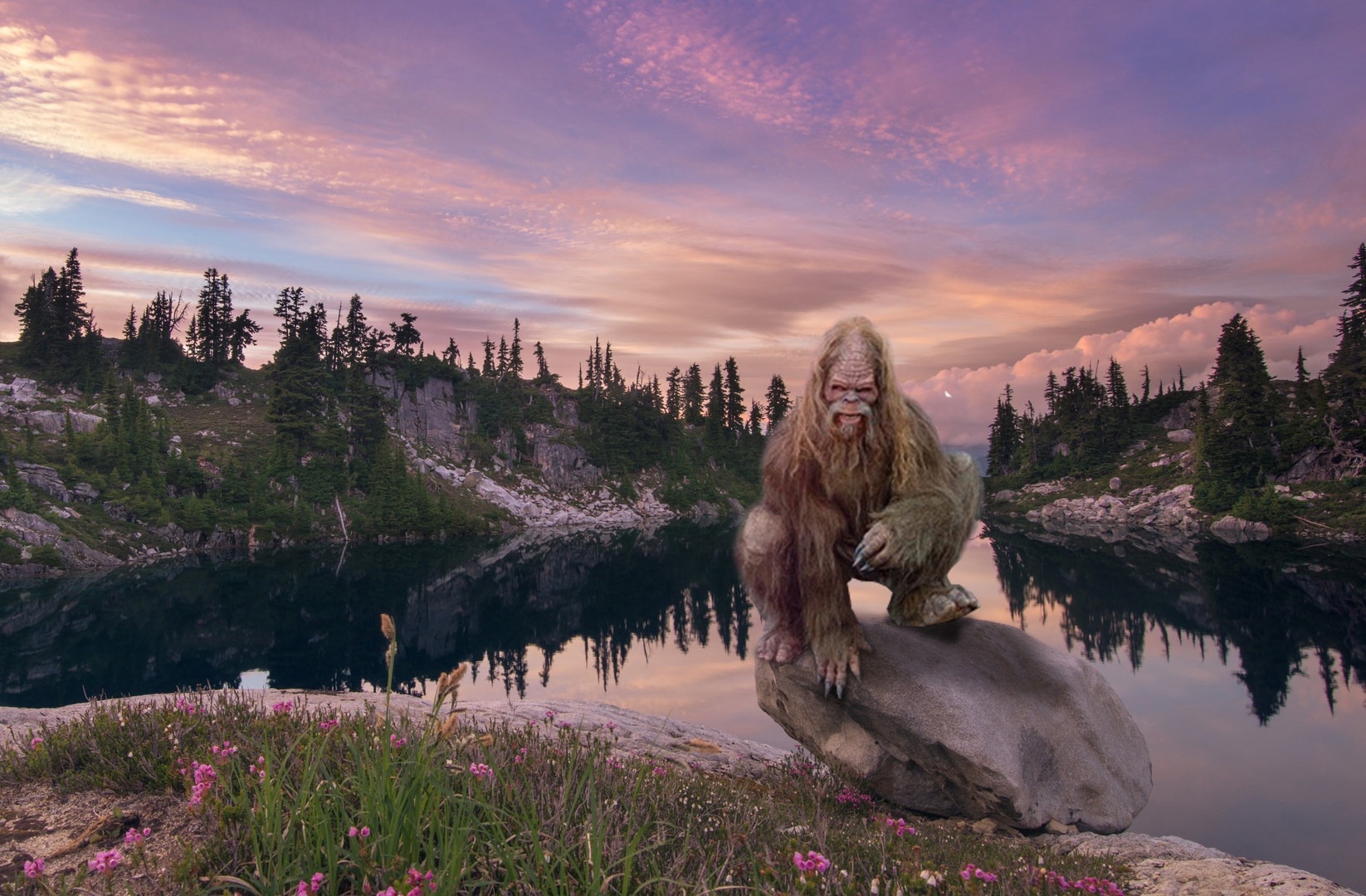
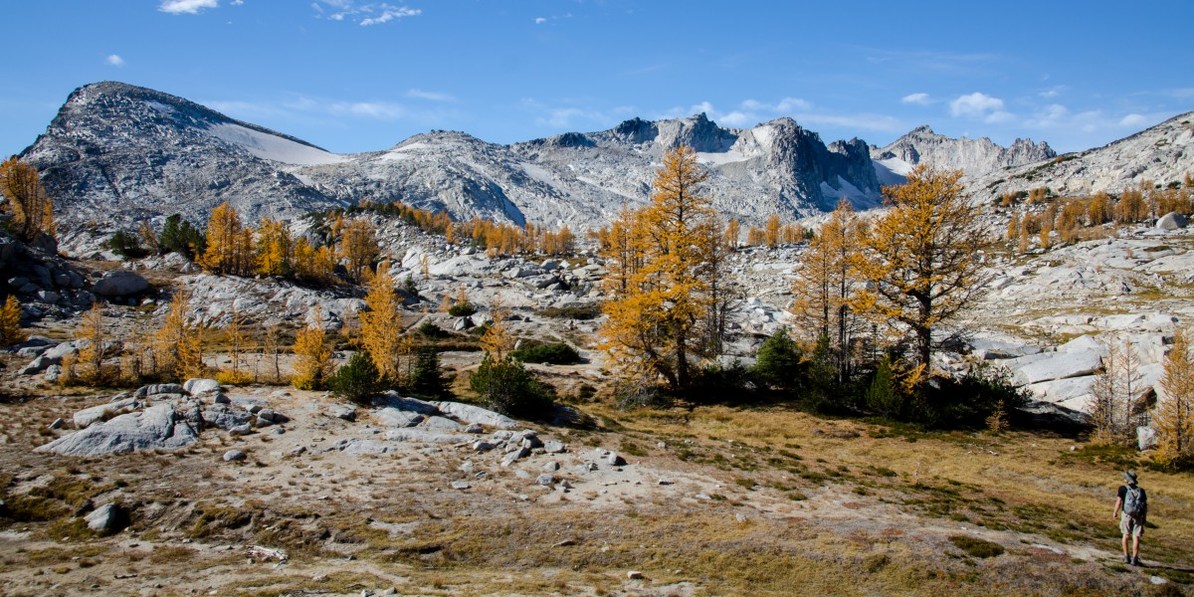
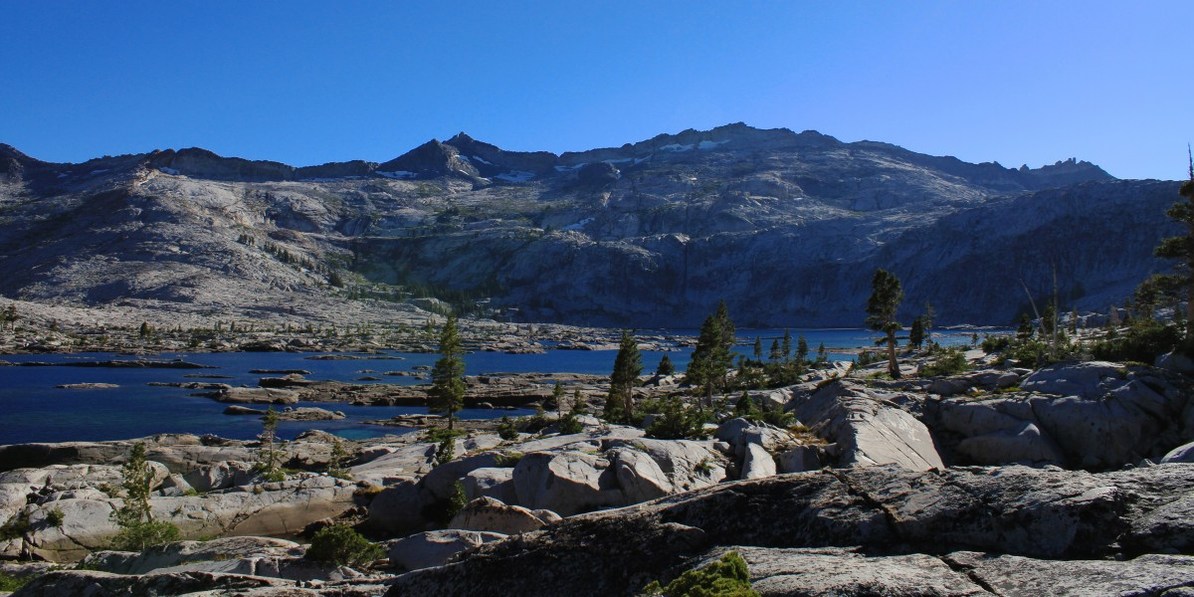
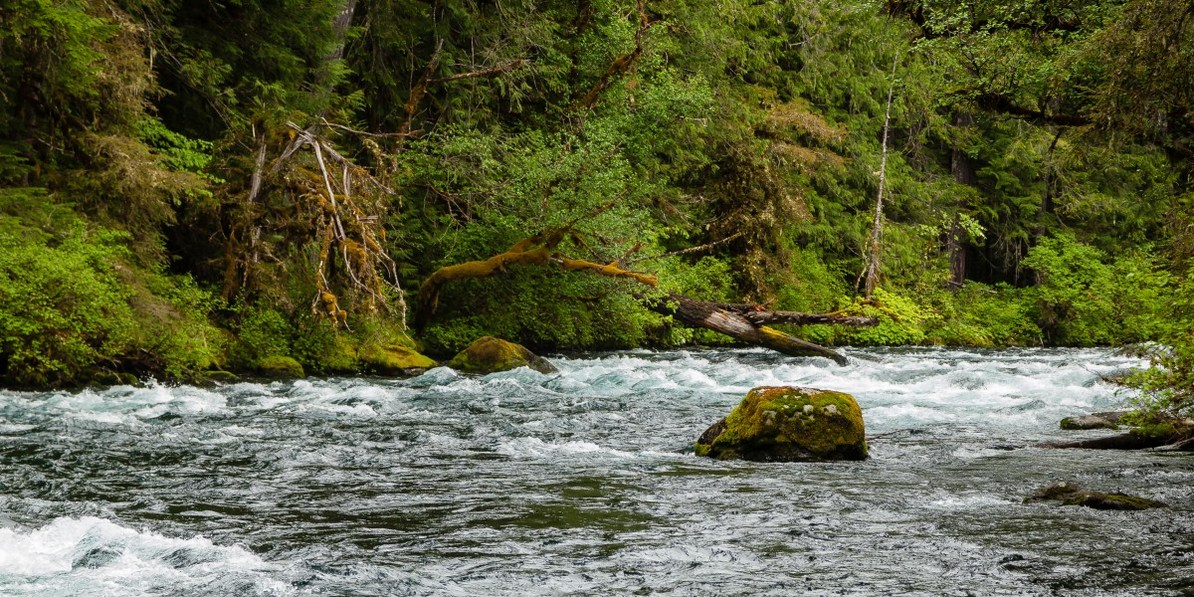

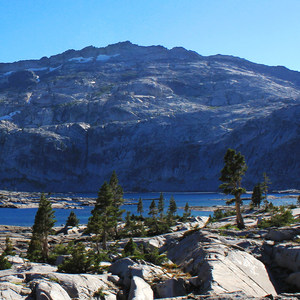
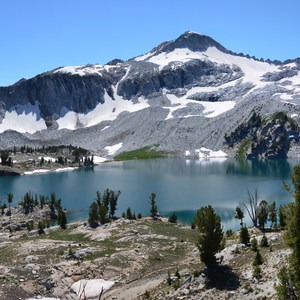
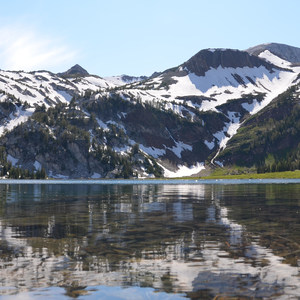
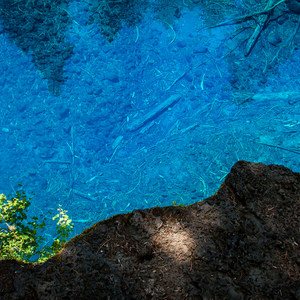

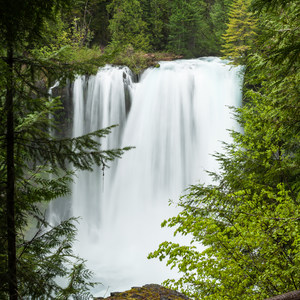
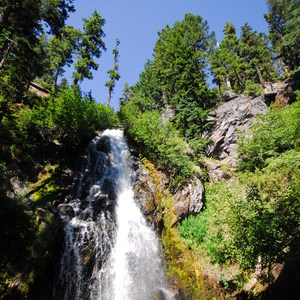



Comments
Sign In and share them.